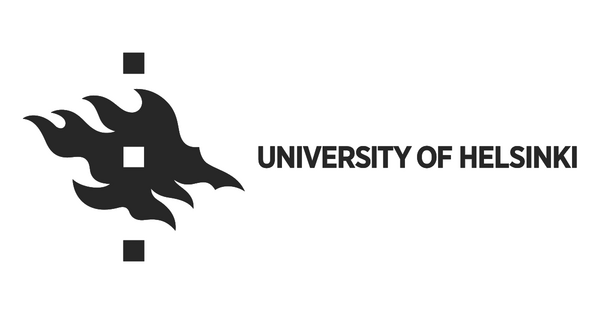University of Helsinki: European hoverfly species information to be gathered in EU funded project
After bees and bumblebees, hoverflies constitute the most significant insect pollinator group in the world. Now, under the direction of the University of Helsinki’s Finnish Museum of Natural History Luomus, the goal is to compile accurate taxonomic and ecological data of the more than 900 hoverfly species occurring in Europe, on a well-organised, open and easy-to-use European Commission hosted website. The web platform will constitute a robust knowledge base, and will serve both the broad public, and professionals in the field.
“In addition to their names and classification, the website will present the key identifying characteristics of each species, information on their ecology and distribution, as well as high-quality images, thanks to which closely related species can be distinguished from each another. All this is to be expected within the next three years,” says
Gunilla Ståhls-Mäkelä
, the project’s principal investigator at Luomus.
In the coming years, specialists from around Europe will gather in workshops at European Natural History Museums at regular intervals to verify hoverfly data and identifications, and in particular the data of the rare species held in several European entomological collections.
Collaboration with the biodiversity experts of the European Commission has commenced productively.
“As part of its biodiversity strategy, the European Union wishes to pay particular attention to, among other things, the status of insect pollinators. Sharing knowledge and facilitating access to information is one of the measures with which the EU strives to prevent the reduction in numbers of natural pollinators. Compiling data accumulated over decades and employing state-of-the-art imaging techniques for this purpose makes this work feel very meaningful,” says
Aino Juslén
, the project’s leader from the University of Helsinki’s Finnish Museum of Natural History.

